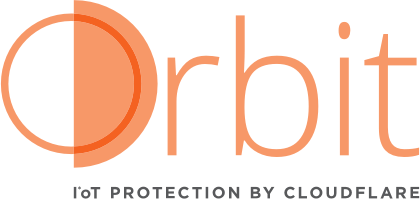0

In October, we wrote about a 1.75M rps DDoS attack we mitigated on our network, launched by 52,467 unique IP’s, mostly hacked CCTV cameras.
We continued to see more IoT devices in DDoS attacks, and so we started to put together a security solution to protect the devices from becoming part of the botnet in the first place. Today we’re announcing it: Cloudflare Orbit.
PC-era security doesn’t work in IoT-era computing
As we talked to IoT companies, over and over again we heard the same thing. In the consumer electronics space, IoT manufacturers were telling us that they were shipping patches to their devices, but their end users didn’t always download and install them. (Reserve your judgment, how many times have you pressed ignore when your phone asked you to update its operating system?) In the industrial control, medical and automotive spaces, where devices are used in life-critical functions, we heard a different story. Even if someone wanted to apply a patch, it just wasn’t that easy. For example, even if the manager of a nuclear power plant wants to update software on their thermostats, shutting down operations long enough to do that means the update has to Continue reading
 IBM VP: ‘We’re all in, in the cloud.’
IBM VP: ‘We’re all in, in the cloud.’
